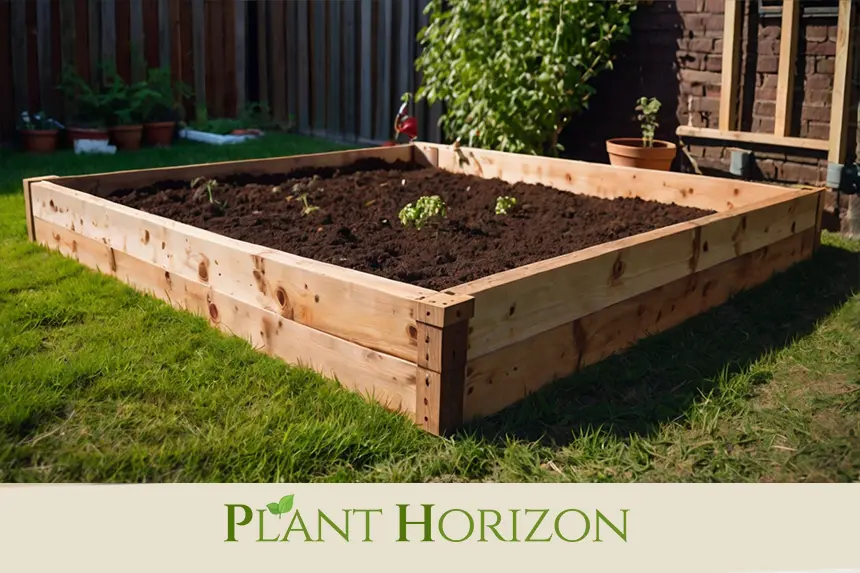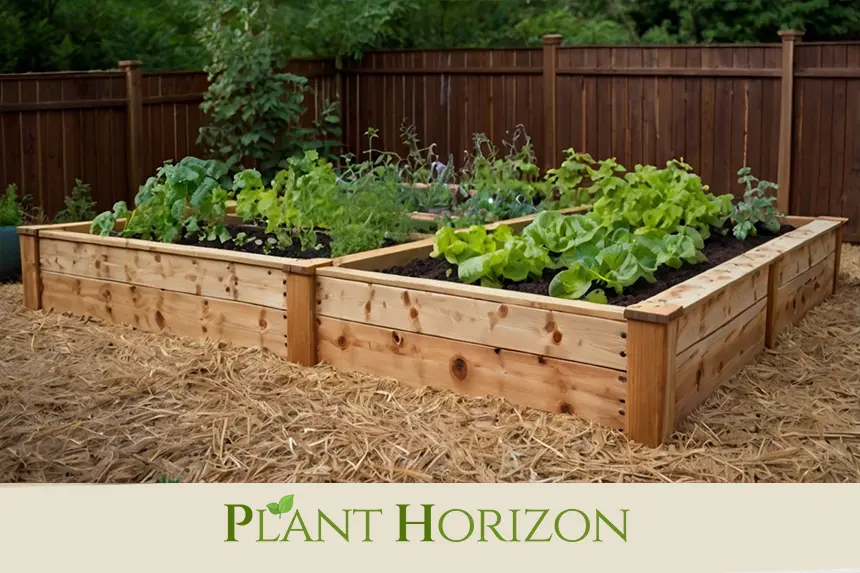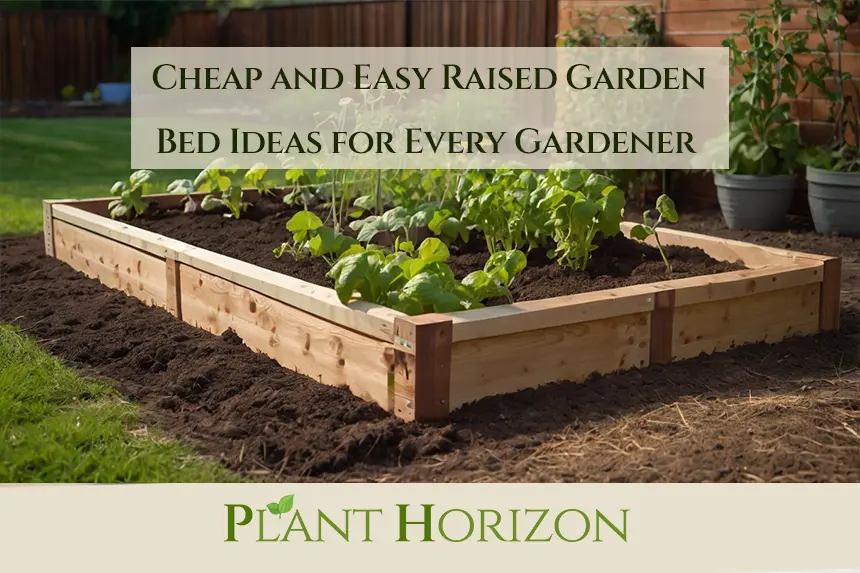Creating a lush and productive garden doesn’t have to be an expensive endeavor. Whether you’re a seasoned gardener or just starting out, finding cheap and easy raised garden bed ideas can make your gardening journey more affordable and enjoyable. Raised garden beds are versatile, improve soil quality, and are perfect for maximizing your growing space. Let’s dive into some practical, budget-friendly tips to help you grow fresh vegetables, flowers, herbs, or fruits with ease.
Why Raised Garden Beds Are a Great Option
Raised beds have become increasingly popular due to their numerous advantages. Some of the major benefits include:
- Improved Drainage: Plants in raised beds usually experience better drainage, making it easier to grow in regions with heavy rainfall.
- Soil Control: Raised beds give you the ability to manage and amend soil quality for specific plant needs.
- Accessibility: Elevated garden beds reduce the need for bending, making gardening easier for people with mobility limitations.
- Pest Management: You can deter pests and weeds effectively by creating physical barriers around raised beds.
With the right materials and a bit of creativity, you can design a raised garden bed that fits your budget and gardening goals.
Cheap Materials for DIY Raised Garden Beds
Building raised beds doesn’t have to involve costly supplies. Here are some affordable materials you can use:
1. Reclaimed Wood
Reclaimed wood is an excellent choice for cost-effective and eco-friendly raised beds. Look for discarded wood pallets or old furniture that can be repurposed. Ensure the wood hasn’t been treated with harmful chemicals to protect your plants.
2. Cinder Blocks
Cinder blocks are inexpensive, easy to source, and highly durable. Arrange them into rectangles or squares to create instant raised beds. They’re heavy, so they’ll stay in place without additional support. Plus, the holes in cinder blocks can be used to grow smaller plants like herbs or flowers.
3. Straw Bales
Straw bale gardening is both economical and unique. Bales of straw are inexpensive, biodegradable, and act as both the garden bed structure and a growing medium. Over time, the straw decomposes, enriching the soil.
4. Galvanized Metal Troughs
Galvanized metal troughs, originally used for feeding livestock, can serve as long-lasting raised beds. While the upfront cost is slightly higher than other options, these troughs require minimal maintenance and last for years.
5. Upcycled Items
Put your creativity to work by upcycling old household items like wooden crates, dresser drawers, or even bathtubs. These unconventional containers can be turned into whimsical and functional garden beds.
Step-by-Step Guide to Building a Raised Garden Bed

1. Choose the Perfect Location
Start by selecting a spot in your garden that receives at least 6–8 hours of direct sunlight daily. Most vegetables and flowers thrive in full sun environments. Consider proximity to a water source for added convenience.
2. Gather the Materials
Once you’ve chosen the material for your raised garden bed, gather everything you need, including tools like a saw, hammer, measuring tape, screws, or nails. You can adjust materials based on what you have on hand to keep costs low.
3. Build the Frame
Assemble the frame by connecting the materials into a rectangular or square shape. Make sure the edges are secure and even. If you’re using cinder blocks or straw bales, simply stack them into your desired shape.
4. Prepare the Foundation
Clear the area of grass and weeds, then lay down a weed barrier fabric or cardboard to prevent weeds from growing into your bed. You can also add a layer of rocks or gravel for drainage.
5. Fill with Soil
Fill your raised bed with a mix of garden soil, compost, and organic matter. A typical ratio of 60% topsoil, 30% compost, and 10% organic amendments works well for most plants.
Best Plants for Raised Garden Beds

Raised garden beds are ideal for growing a wide variety of plants. Here are some of the best options for beginners and experienced gardeners alike:
- Vegetables: Tomatoes, lettuce, carrots, spinach, bell peppers, and radishes.
- Herbs: Basil, thyme, mint, parsley, and chives.
- Flowers: Marigolds, petunias, zinnias, and sunflowers.
- Fruits: Strawberries and dwarf berry bushes.
Tips to Keep Costs Low
Here are practical tips to make gardening on a budget even easier:
1. Reuse and Recycle
Visit thrift stores, garage sales, or your local recycling center to find inexpensive materials for your garden beds.
2. Make Your Own Compost
Composting kitchen scraps and yard waste is not only eco-friendly but also a free way to enrich your raised bed soil.
3. Use Seeds Instead of Starts
Buying seeds is much cheaper than purchasing young plants from a nursery. Seed packets often contain dozens of seeds, giving you more value for your money.
Maintaining Your Raised Garden Beds
To ensure your raised garden beds stay productive, follow these maintenance tips:
- Water Regularly: Raised beds can dry out faster than in-ground gardens, so monitor soil moisture regularly.
- Weed Control: Keep weeds at bay by mulching between plants and removing unwanted growth promptly.
- Replenish Soil: At the start of each planting season, top up your beds with compost or organic soil amendments.
- Rotate Crops: To prevent soil depletion and reduce pest buildup, use crop rotation strategies each year.
Conclusion
Gardening doesn’t have to break the bank, and with these cheap and easy raised garden bed ideas, you can create a thriving garden that fits your budget and space. From using reclaimed wood to upcycling household items, creativity and resourcefulness are your best tools. Get started today and watch your garden grow!
Looking for more gardening tips? Visit Plant Horizon for expert advice and resources!











